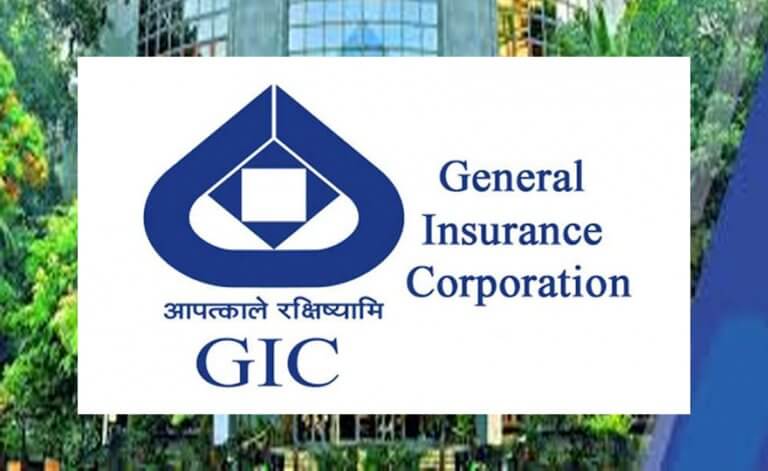GIC Re’s underwriting losses remain the elephant in the room
September 21 2021 by Raymond Barrett
GIC Re’s share price has been on a wild ride since a February news report revealed that the Indian government was planning to sell off its majority stake in the country’s national reinsurer.
The initial optimism — the news gave existing shareholders a 50% bump by mid-March — has tempered considerably and GIC Re is now hovering just slightly above its pre-announcement levels having steadily pared off those gains over the last six months.
The decline comes even as rating agencies such as AM Best express bullish opinions on the firm’s long-term prospects, despite the fact that Covid-19 and “challenging market conditions” are expected to pose problems in the near to medium term.
The reasons for optimism are relatively straightforward.
On paper, GIC Re enjoys a considerable “moat” around its business in the form of obligatory cession requirements enshrined in law that give it a significant advantage over the competition. All general insurers in India have to cede 5% of their business to GIC Re which in effect gives it the “right of first refusal” on all reinsurance business in the country.
This is one of the several factors contributing to the reinsurer enjoying an approximate 75% domestic market share based on written premium.
Despite all of these advantages, there is a still an elephant in the middle of the room: underwriting.
“Given the consistently loss-making underwriting performance over the past five years, the company’s overall operating results remain reliant on investment income (including realised gains on trading securities) to offset technical losses,” AM Best said in a recent note on the reinsurer.
As reported, GIC Re posted a combined ratio of 108.66% for the last quarter of 2020, a significant improvement from 114% during the same period in 2019. Despite this improvement in the numbers, this performance translated into an underwriting loss of Rs54.88 billion (US$738.51 million) in the financial year ending March 31, 2021 as opposed to Rs63.67 billion in the previous year.
Overall, it is not beyond of the realm of imagination to say that there is a link between government ownership and a lack of underwriting discipline. Given that GIC Re takes on risk for other government-owned insurers, there could perhaps be indirect pressure to support these entities by exercising restraint when it comes to pricing.
But this is not to say the reinsurer can’t bring its underwriting into more positive territory. GIC management told Insurance Asia News in July that some underwriting initiatives adopted in its aviation and motor portfolios have served to improve performance in these lines. For example, the combined ratio for aviation on earned premium improved to 97.38% in FY21 against 138.6% in the previous year.
The question that now remains is whether private sector ownership might make these kinds of numbers more of a rule — rather than an exception — in the years ahead.
-
Allianz General | Allianz General combines innovative protection solutions while powering social good to lead Malaysian market
The carrier proactively addresses emerging risks and evolving customer protection needs while giving back to the community.
-
Sedgwick | Asia’s Energy Transformation – Balancing Growth, Risk and Renewables
Energy market presents unique risks, especially in a region which includes China and Japan as well as developing nations like Vietnam and the Philippines.
-
Beazley | Turbulent Waters: the maritime energy transition challenge
Businesses are facing a complex transition to non-carbon energy sources amid a push to achieve net-zero emissions for the marine sector by 2050.
-
Aon | Navigating shifts in the global and Asia insurance markets
Neelay Patel, Aon head of growth for Asia, says the market in Asia is at an ‘interesting stage of the cycle’.

